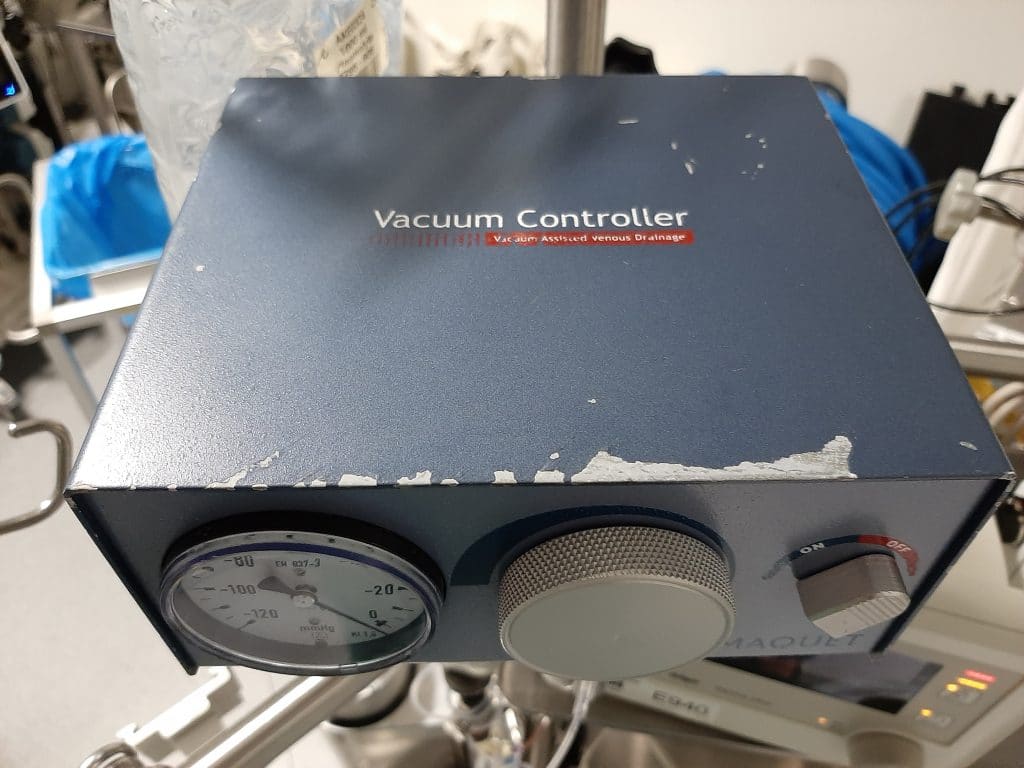From Less Invasive to Minimal Invasive Extracorporeal Circulation

Development of minimally invasive cardiac surgery (MICS) served the purpose of performing surgery while avoiding the surgical stress triggered by a full median sternotomy. Minimizing surgical trauma is associated with improved cosmesis and enhanced recovery leading to reduced morbidity. However, it has to be primarily appreciated that the extracorporeal circulation (ECC) stands for the basis of nearly all MICS procedures. With some fundamental modification and advancement in perfusion techniques, the use of ECC has become the enabling technology for the development of MICS. Less invasive cardiopulmonary bypass (CPB) techniques are based on remote cannulation and optimization of perfusion techniques with assisted venous drainage and use of centrifugal pump, so as to facilitate the demanding surgical maneuvers, rather than minimizing the invasiveness of the CPB. This is reflected in the increased duration of CPB required for MICS procedures. Minimal invasive Extracorporeal Circulation (MiECC) represents a major breakthrough in perfusion. It integrates all contemporary technological advancements that facilitate best applying cardiovascular physiology to intraoperative perfusion. Consequently, MiECC use translates to improved end-organ protection and clinical outcome, as evidenced in multiple clinical trials and meta-analyses. MICS performed with MiECC provides the basis for developing a multidisciplinary intraoperative strategy towards a “more physiologic” cardiac surgery by combining small surgical trauma with minimum body’s physiology derangement. Integration of MiECC can advance MICS from non-full sternotomy for selected patients to a “more physiologic” surgery, which represents the real face of modern cardiac surgery in the transcatheter era.
